Introduction
Scandinavia’s Viking heritage is one of the most fascinating aspects of its history, drawing travelers and history enthusiasts from all over the world. Known as fearless seafarers, skilled warriors, and adept traders, the Vikings shaped the cultural and historical landscape of Northern Europe during the Viking Age (roughly 793–1066 AD).
Today, Scandinavia offers countless opportunities to explore this captivating past through well-preserved archaeological sites, museums, festivals, and even reconstructed Viking villages. In this blog, we’ll delve into the best places and experiences to uncover the rich Viking heritage of Scandinavia.
1. Viking Ship Museum – Oslo, Norway
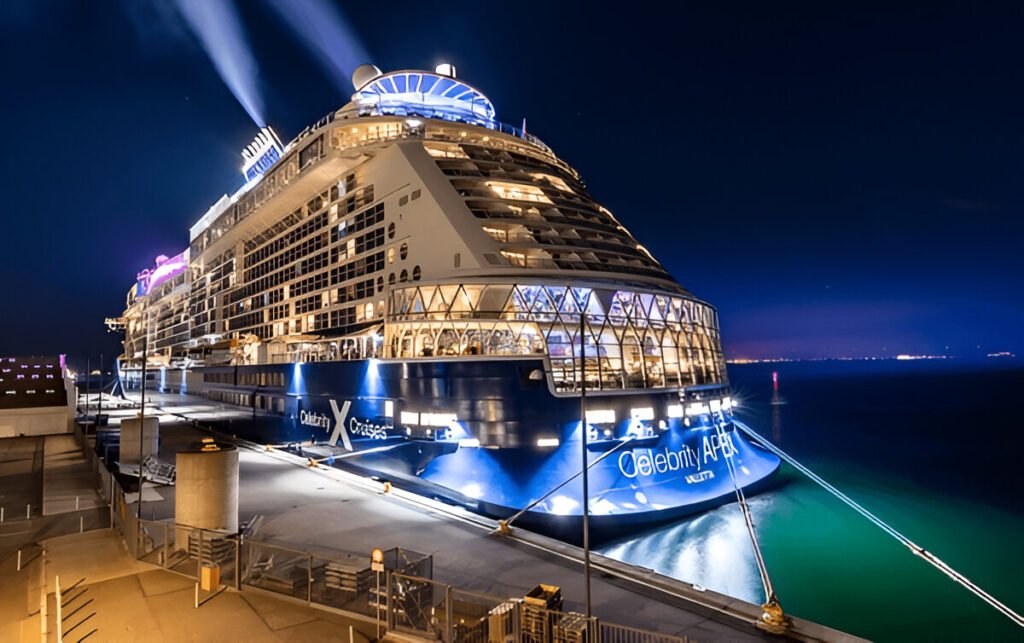
The Viking Ship Museum in Oslo is one of the most iconic destinations for Viking enthusiasts. The museum houses some of the best-preserved Viking ships in the world, including the Oseberg, Gokstad, and Tune ships, all dating back to the 9th century.
What to Expect
- Marvel at the intricate craftsmanship of the Oseberg ship, believed to be a burial vessel for Viking royalty.
- View artifacts such as sledges, textiles, and ceremonial items found in the ship burials.
- Learn about Viking burial customs and their significance in Norse culture.
A visit here is a must to understand the maritime prowess of the Vikings.
2. Roskilde Viking Ship Museum – Denmark
Located in Roskilde, Denmark, this museum focuses on Viking seafaring and features five Viking ships excavated from the Roskilde Fjord. It’s a perfect destination for those looking to understand the Vikings’ shipbuilding techniques and naval dominance.
Highlights
- Explore the five Skuldelev ships, representing various ship types such as warships and trading vessels.
- Watch craftsmen build Viking ships using traditional methods at the boatyard.
- Take a sail on a reconstructed Viking ship to experience the sea like the Vikings.
This museum offers an interactive way to connect with Viking maritime history.
3. Birka – Sweden
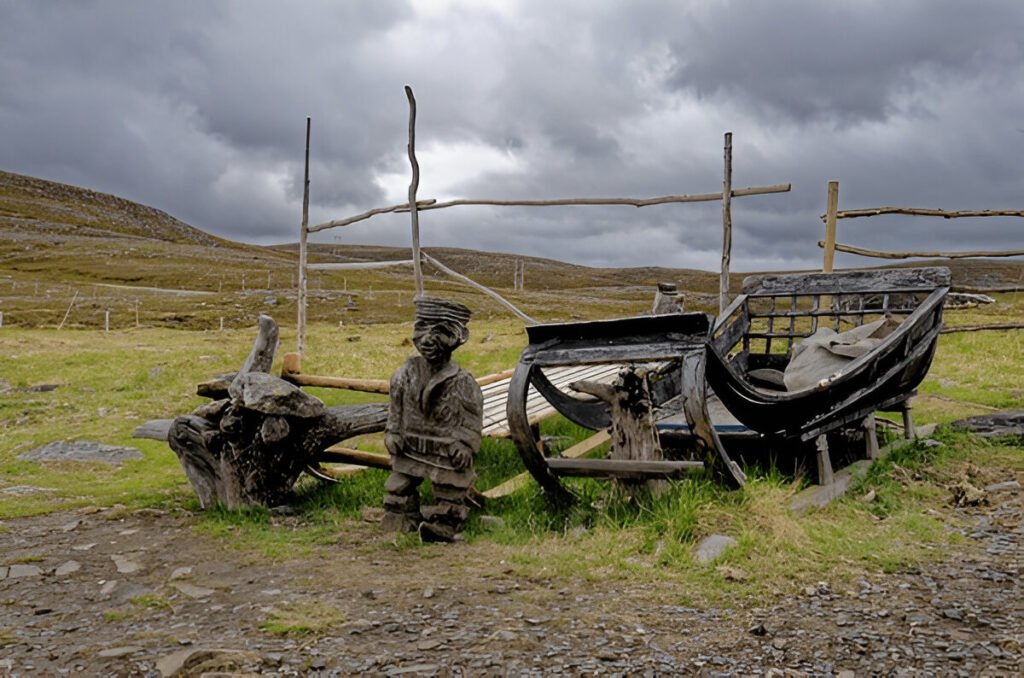
Birka, often referred to as Sweden’s first town, is a UNESCO World Heritage Site that was once a thriving Viking trade hub during the 8th and 9th centuries. Located on Björkö Island in Lake Mälaren, Birka offers a glimpse into Viking urban life.
What to See
- Archaeological remains of Viking-age buildings, fortifications, and burial mounds.
- The Birka Museum, which houses artifacts such as jewelry, weapons, and tools.
- Guided tours to understand the site’s significance in Viking trade and culture.
Birka is ideal for anyone interested in the economic and social aspects of Viking society.
4. Lofotr Viking Museum – Norway
Situated in the stunning Lofoten Islands, the Lofotr Viking Museum is built around a reconstructed chieftain’s house, the largest ever discovered in Scandinavia. This immersive museum transports visitors back to the Viking Age.
Activities and Attractions
- Explore the chieftain’s house, reconstructed based on archaeological findings.
- Participate in Viking activities such as rowing a Viking ship, axe throwing, and crafting.
- Feast on Viking-style meals during special events.
The museum’s interactive approach makes it perfect for families and history buffs alike.
5. Trelleborg – Denmark
Trelleborg is one of the best-preserved Viking ring fortresses in Scandinavia, located near Slagelse, Denmark. Built during the reign of King Harald Bluetooth, the fortress is an architectural marvel of the Viking Age.
Why Visit?
- Walk through the reconstructed sections of the ring fortress.
- Discover artifacts like weapons, pottery, and tools at the museum.
- Attend Viking festivals featuring reenactments, crafts, and games.
Trelleborg provides a fascinating look into Viking military strategy and daily life.
6. Ribe Viking Center – Denmark
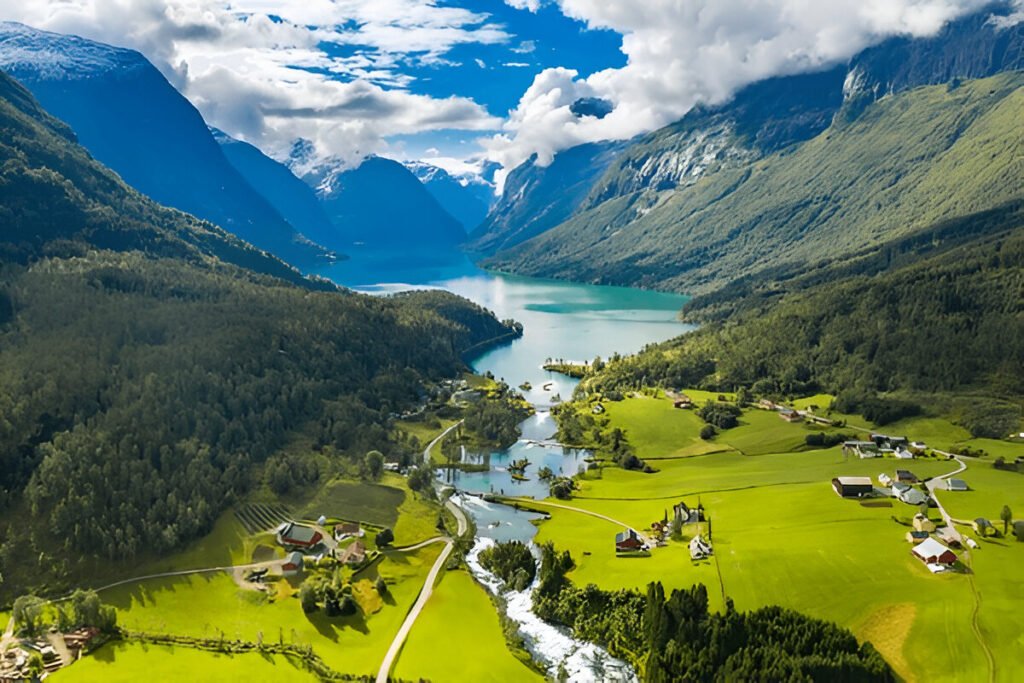
Ribe, Denmark’s oldest town, was a significant Viking settlement. The Ribe Viking Center is an open-air museum that recreates the atmosphere of a bustling Viking village.
Things to Do
- Interact with costumed reenactors portraying blacksmiths, weavers, and warriors.
- Watch live demonstrations of Viking crafts and trades.
- Engage in Viking combat training or archery.
This living history museum is an immersive way to learn about the Vikings’ everyday lives.
7. Jelling Monuments – Denmark
The Jelling Monuments, another UNESCO World Heritage Site, are among the most important Viking-era landmarks in Denmark. The site includes two massive burial mounds and runestones erected by King Harald Bluetooth.
Significance
- The larger runestone is considered Denmark’s “birth certificate,” marking the introduction of Christianity to the region.
- The site represents the transition from paganism to Christianity in Viking society.
- The visitor center offers interactive exhibits on Viking religion and culture.
The Jelling Monuments are a powerful symbol of Denmark’s Viking heritage and transformation.
8. Gamla Uppsala – Sweden
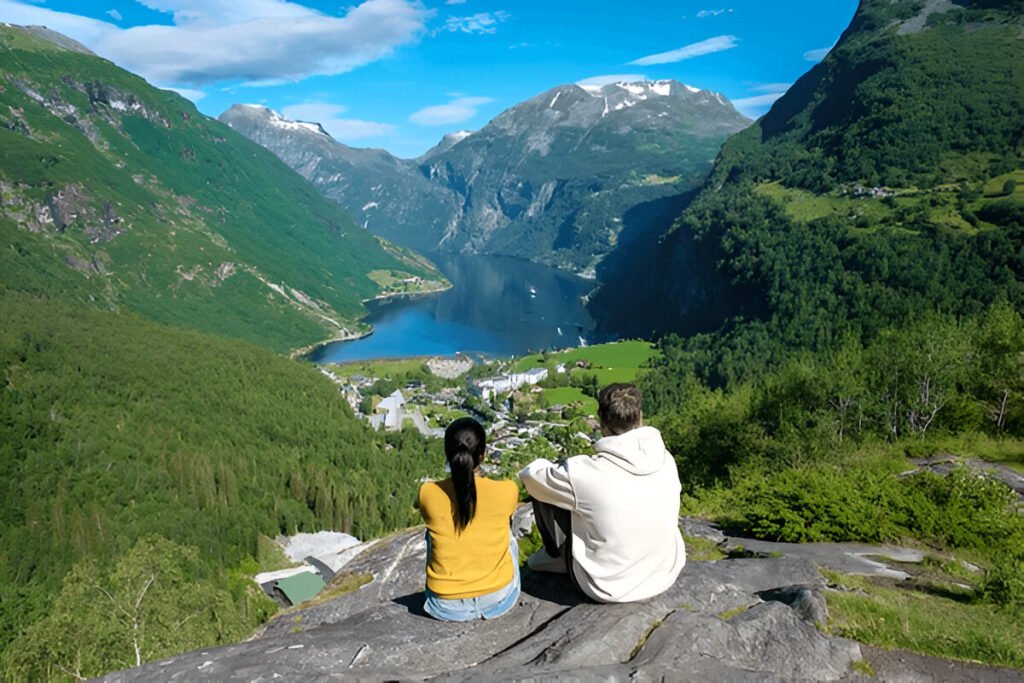
Gamla Uppsala, or Old Uppsala, is a site steeped in Viking and Norse mythology. This ancient settlement is famous for its massive burial mounds, believed to be the resting places of Viking kings.
What to Explore
- Climb the burial mounds for panoramic views of the surrounding countryside.
- Visit the Gamla Uppsala Museum to see artifacts from the Viking Age.
- Learn about the site’s connections to Norse mythology and rituals.
Gamla Uppsala is a spiritual and historical gem for Viking enthusiasts.
9. Gotland – Sweden
The island of Gotland was a key trading hub during the Viking Age and remains rich in archaeological treasures. Its medieval town of Visby, a UNESCO World Heritage Site, reflects its Viking and Hanseatic heritage.
Highlights
- Explore the Viking burial sites and rune stones scattered across the island.
- Visit the Gotland Museum to see Viking-era silver hoards and artifacts.
- Attend the annual Medieval Week, featuring Viking reenactments and markets.
Gotland is a must-visit for those interested in Viking trade and culture.
10. Viking Festivals Across Scandinavia
If you want to truly immerse yourself in Viking culture, attending a Viking festival is a fantastic option. These festivals celebrate Viking heritage through reenactments, food, crafts, and activities.
Top Festivals
- Viking Festival at Hafnarfjörður (Iceland): A week-long celebration with markets, battles, and storytelling.
- Viking Market in Ribe (Denmark): Features hundreds of reenactors, craftspeople, and traders.
- Stallarholmen Viking Festival (Sweden): Scandinavia’s largest Viking festival, held annually in July.
These festivals offer a lively and interactive way to experience Viking life.
11. Viking Food and Drink
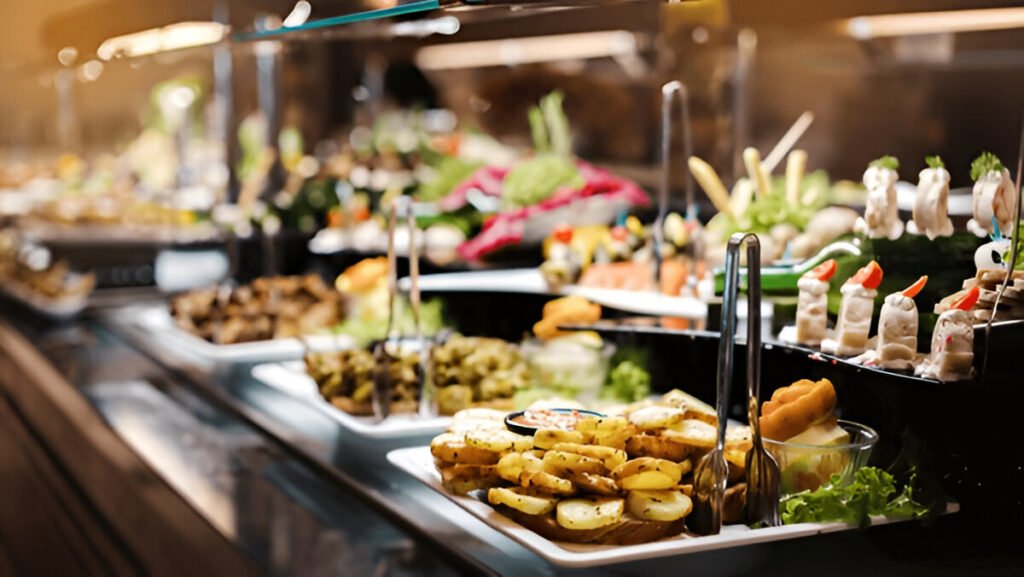
Exploring Viking heritage wouldn’t be complete without sampling traditional Viking-inspired food and drink.
What to Try
- Mead: A honey-based alcoholic beverage enjoyed by Vikings.
- Smoked Fish: A staple in Viking diets, often paired with hearty bread.
- Stews and Roasts: Featuring ingredients like lamb, root vegetables, and herbs.
Many museums and festivals offer Viking-style meals, allowing you to taste history.
Conclusion
The Viking Age was a period of exploration, innovation, and cultural exchange that left a lasting impact on the world. By visiting Scandinavia’s Viking sites, you not only learn about this fascinating era but also connect with the traditions and stories that shaped Northern Europe.











